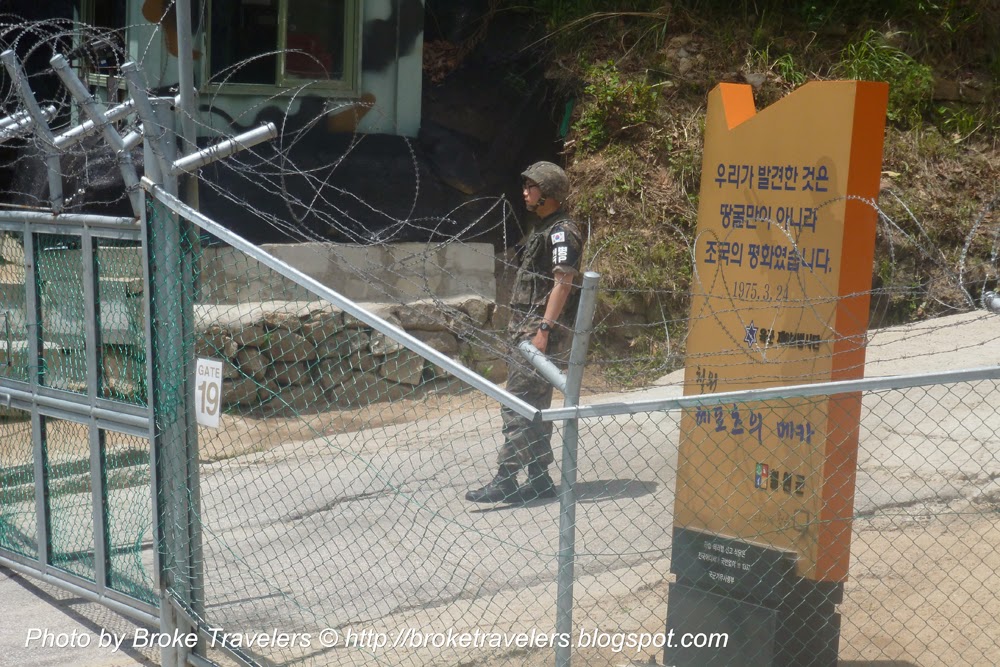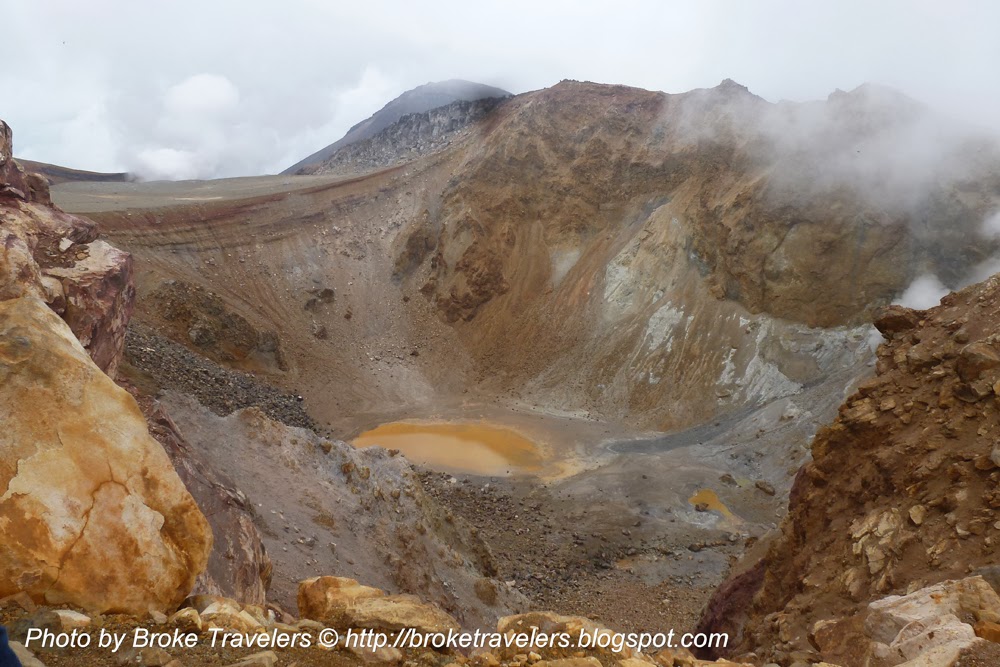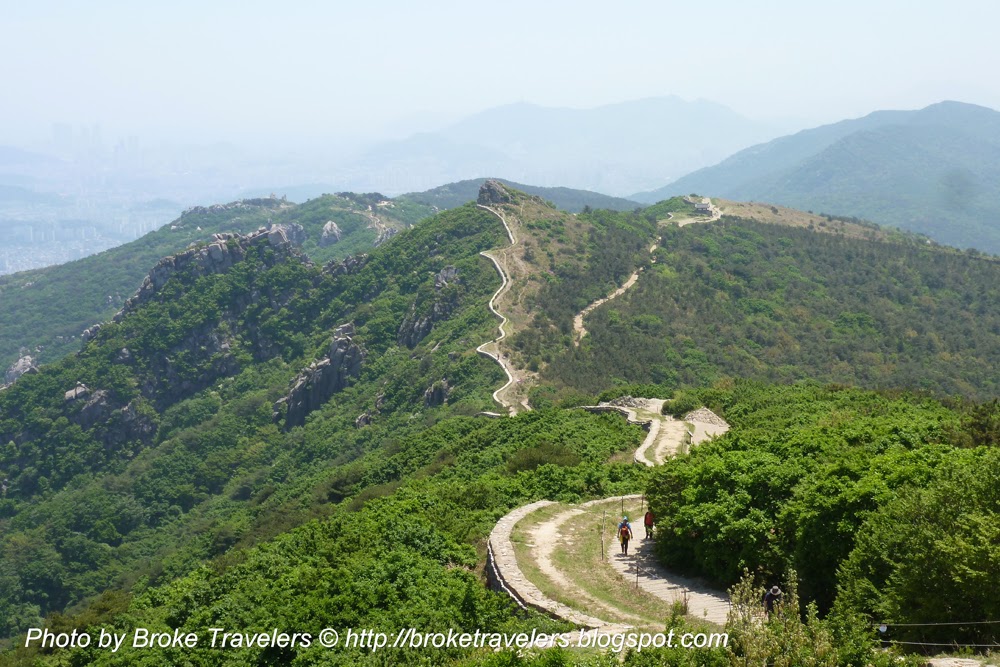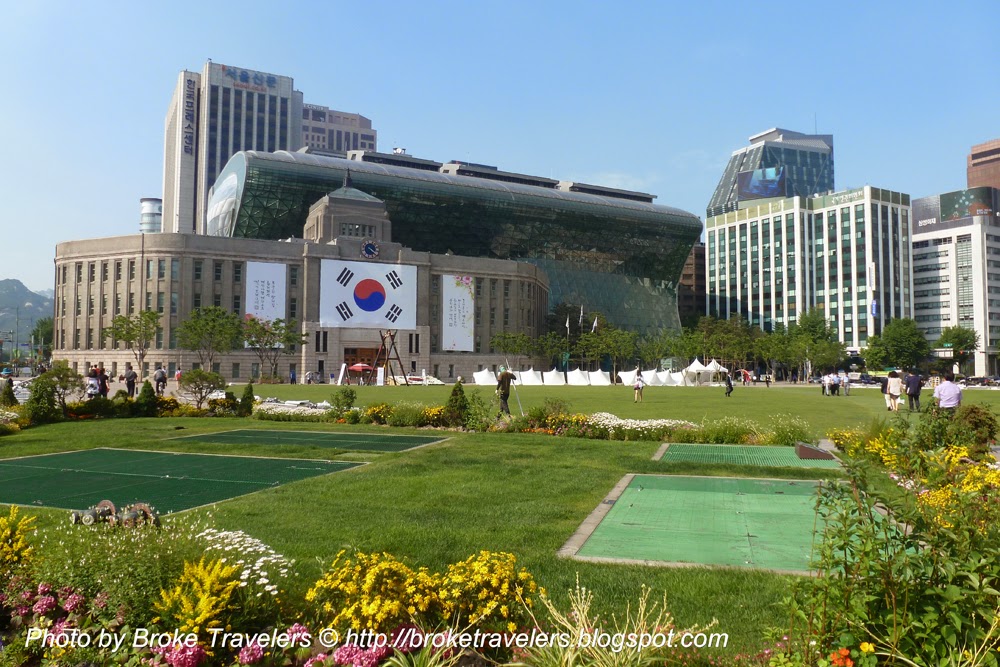Nowadays, a lot of things have changed. While Japan is still in the mind of many travelers, Korea is finally, though slowly, catching up with its neighbor, becoming a popular destination as well, thanks to a boasting economy and a music and cinema industry spreading Korean culture all over the globe. While most people will chose Japan over South Korea, we will try to give you a more complete comparison of these two Asian dragons.
Why comparing those countries ?
One cannot deny that Japan and South Korea are often seen as similar countries.The two are the epitome of Oriental creativity and both have their own competing and successful industries. Music, cinema, comics, cars, technology, it’s simple, what Japan does Korea does, but does it mean those Far East countries are similar? In order to make the comparison simple, we came up with a few different categories relating to what a traveler is really looking for when traveling.
The necessity of comparing Japan and Korea came to us because even though one might see those nations as similar, travelers tend to prefer Japan and sadly skip Korea. You might find in Korea what you where looking for in Japan.
Why comparing those countries ?
One cannot deny that Japan and South Korea are often seen as similar countries.The two are the epitome of Oriental creativity and both have their own competing and successful industries. Music, cinema, comics, cars, technology, it’s simple, what Japan does Korea does, but does it mean those Far East countries are similar? In order to make the comparison simple, we came up with a few different categories relating to what a traveler is really looking for when traveling.
The necessity of comparing Japan and Korea came to us because even though one might see those nations as similar, travelers tend to prefer Japan and sadly skip Korea. You might find in Korea what you where looking for in Japan.
*Everything written in this article is based upon our own impressions and knowledge of both countries, information we gathered while traveling not reading a guide book, therefore we encourage anyone to leave comments and add things to our list.
Duration of stay:
How long can someone stay in Japan and South Korea? While it is possible to stay for years in countries such as India without even fully discovering the depths of the nation, it is a little bit more easy to stay for a short period of time in Korea or Japan and have quite a good understanding of the culture, sites and people.
Why is it so?
Both Korea and Japan are very homogeneous countries, which means there are only minimal differences between the different provinces, hence no matter where someone is traveling, almost any element of culture, food and religion will be identical or at least quite similar. Japan is bigger than South Korea, therefore it offers a wider range of attractions. While one month can be more than enough to experience South Korea, it might require at least 3 months to say that one saw Japan and its four main islands.
What if I only have one week or two ?
Chose your destination(s) wisely, remember that both countries are industrialized thus if you are looking for a “traditional” experience picking cities such as Nagoya in Japan or Pohang in South Korea might not leave you with the impression you hoped for. In addition, since the countries are quite close, many budget airlines connect the two destinations daily offering the chance to experience a small part of each country.
Sites
Sites are what make a country interesting, unique and brings tourists from all over the globe. Japanese sites such as Mount Fuji or the city of Kyoto are well known world wide while Korea still struggles to attract travelers from the West. Once again our reviews below are based on what we felt and saw in both countries and are completely subjective.
Historical
 |
| Castle of Gujo-Hachiman, Japan |
 |
| Changgyeonggung Palace, Seoul |
 |
| A soldier guarding the DMZ |
Natural
Both Japan and Korea are mountainous lands but an overlook at a map shows you something, Japan is way bigger than South Korea. Some might think it means Japan has more to offer than Korea, but surprisingly South Korea stands proudly next to Japan when it comes to natural attractions.
 |
| On top of a volcano, Japan |
 |
| Mountains outside of Busan, Korea |
Religious
Temples are always popular attractions all over Asia. When it comes to Japan and Korea religious sites are like the ying and the yang. First it is important to say that both countries are Buddhist, even though Christianity is pretty present in South Korea, due to the arrival of missionaries during the Korean War.
 |
| Gate of Todaiji, Nara, Japan |
 |
| Bogyeongsa, a hidden temple in Korea |
Capitals
Capitals are prime destinations in any countries of the world but it doesn’t mean they actually represent the rest of the country. Tokyo and Seoul do not break this rule but if one wants or has to stay in those metropolises, here’s a little review.
Tokyo
It is the biggest city in the world yet it doesn’t feel like it. Despite the fact that the Nippon capital host some 32 millions souls, walking in Tokyo is a breeze, it is pretty clean, you will hardly see any overcrowded streets and the city is full of parks that will make you forget you are in the largest metropolitan area in the world. The nightlife offers endless possibilities, from tiny traditional bars to huge clubs, Tokyo is a lot of fun to explore after dark, especially Shinjuku district, glazed with neon lights and full of life. Surprisingly the Japanese capital is incredibly safe night and day. However the real pain is when it comes to taking public transportation, best avoided during rush hours unless you like to be squeezed like sardines in a tin box. In general the transportation system is quite well organized.
Tokyo is also a city of art and fashion, visit Harajuku for a good glimpse at the excentric teenagers wearing steampunk and dolls clothes or visit Studio Ghibli, where the famous anime director Hayao Miyasaki brings his colorful characters to life. Tokyo has also a huge fish market and some of the best sushi made in the country are found there, in tiny traditional restaurants. Tokyo is somehow a fairly good impression of Japanese society and remains an attractive destination in Japan.
 |
| Yes we are in Tokyo, the world's largest urban area |
Seoul
It is not the biggest city in the world, but compared to Tokyo, it really feels like a large metropolitan area. Opposed to its Japanese sister, Seoul is not so meticulously clean and has a lot fewer attractions. But it doesn’t mean that it is not an interesting city, Seoul has bustling, traditional markets, which is kind of missing in Tokyo. In these markets you can buy souvenirs, try delicious Korean specialties and moreover experience Korea at its best. In Seoul, the new meets the old, the modern architecture of the Korean capital is incredible and gives an interesting futuristic look to the city.
As far as nightlife, Seoul has nothing to envy to Tokyo, great adventures await travelers as the Korean megacity is a party mecca, clubs here will keep you up all night but if you prefer a quieter atmosphere Seoul also has its range of traditional bars and restaurants. If you love fashion, Seoul is the new world capital of fashion, go down to Gangnam and sample the jet set life of rich Koreans. Sadly, it is hard to compare Seoul to the rest of South Korea, a quite rural country and you won’t have a full Korean experience if you only stay in Seoul.
 |
| Seoul city hall, South Korea |
Budget
Traveling in those two technology meccas can be quite expensive but one country is truly more expensive than the other, Japan. If you are traveling on a tight budget be ready to couchsurf and hitchhike in Japan as it is one of the most expensive countries to travel into. You can expect a daily budget of at least $60 (accomodation, transportation, etc) in the archipelago while it is possible to travel quite a bit cheaper in Korea.
 |
| Japanese Yen and Korean Won |
While food is fairly cheap in the country of the morning calm, someone traveling on a budget might have to eat instant noodles in the land of the rising sun to save money. As far as transportation, South Korea is also cheaper and an hour of bus costs approximately $4 while it is more around $10 to $20 in Japan. Finally if you prefer to stay in hotels, South Korea is once again cheaper than Japan, a room for two persons in Seoul will cost around $30, expect to pay at least $45 in Tokyo for a cubicle.
Food
 |
| Fake food, an odd japanese fetish |
 |
| Trying Mulhoe, a Korean fish dish |
Note: Both countries provide a good range of foreign restaurants, fast food chains and supermarkets if one is not too keen on Asian food.
Impact of the western world
Japan and Korea are the kind of countries that are exporting their culture more than they are importing foreign influences, those are the advantages of two strong cultural industries. But let’s be honest, globalization has not disregarded the two nations, and you may occasionally get the impression that you are in the United States every now and then.
While 7-Elevens, German cars, iPhones and American pop music are fairly present in every corner of Japan, South Korea somehow tends to maintain some “Koreaness” in the country. Except in Seoul and Busan, the second largest city, it seems that everybody uses Korean products, drives Korean cars, listens to Korean music and watches Korean movies. You will rarely see a Korean use a Japanese product but it also works the other way around. Even more interesting you can still find old style shops in the country side of Korea while it seems those types of traditional shops are only reserved for tourists in Japan. Great bonus for some travelers as well, there are also far less western tourists in South Korea which can be pleasant at times.
Language Barrier
Unfortunately English is barely spoken in Japan and South Korea, so the interaction with locals can be quite limited, hand signs and simple words will be your best shots to communicate. Though if you cannot speak in English, you can still try to learn Hangeul (Korean) or Nihongo (Japanese).
Basics of these languages can be learn quickly for they are not tonal languages like Chinese or Vietamese and the construction of sentences are not too complex. You can learn how to say Hello, How much? Where is? in a day and can be understood fairly well. The hardest part is reading because neither Korea nor Japan use the Latin alphabet.
 |
| Tokyo (left) written in Japanese Kanji |
 |
| Our names written in Korean |
What they really have in common
As two developed countries, you can expect good road conditions, an excellent network of public and private transportation, airports lead pretty much to any destination domestic and international, hospitals and pharmacies are found anywhere, there are no extreme diseases even though some say there is malaria in a tiny area of South Korea which is in the middle of a forest, meaning there is no real threat. Both countries are also extremely safe and a foreigner represents more of a danger for locals than the other way around.
Finally eccentricity is what makes Japan and South Korea fun. You will definitely be out of your element in both countries.
Karaoke in Japan and Norebang in Korea are national hobbies and you cannot pretend you’ve been in this part of Asia if you don’t go sing your heart out with locals.
When Japanese go to Onsens (hot springs), Koreans go to Jimjilbangs, and both cultures agreed that one is to be naked to fully enjoy the virtues of a steaming hot bath.
Sushi is from Japan but did you know Koreans make Gimbap, a simpler, less raw version of sushi?
Korean Pop (K-Pop) or Japanese Pop (J-Pop), which one is the most fascinating? We don’t have the answer but they do share the throne of the Asian music industry. From romantic ballads to frenetic electronic beats, K-Pop and J-Pop will tickle your music tastes.
What we recommend
Of course we would like to recommend to everyone to visit both, but not every traveler has time and money, and some will have to make the heartbreaking choice. Rising sun or Morning calm? It is hard to come to a conclusion, after all it’s like comparing France and Italy or Argentina and Chile.
Well after you read our article we hope you might be able to figure out by yourself which country suits you best. Korea is apparently a better option if you have less time, less money, and if you are seeking a destination less popular, more mysterious. Japan on the other side makes a better destination for long time travelers, as a larger country, you can stay here longer without feeling you are going around in circles, but to fully appreciate this large country of islands, one must have bigger financial means.
Read our upcoming country summaries on Japan and South Korea for more information on each individual country.
Have you been to one of these countries ? or both ? What were your impressions ? If not which one would you pick after reading our article ?



Hello there! You might need translation services when you visit other counties. I already friend this. It is affordable and you will learn too
ReplyDeletegoogle Korea, South
ReplyDeletegoogle Kosovo
google Kuwait
google Kyrgyzstan
google Laos
Japan is much better, but more costly of course... May I share a blog about Mount Fuji in http://stenote.blogspot.com/2018/04/mount-fuji-at-5th-station_14.html
ReplyDeleteWatch also the video in youtube https://youtu.be/qOt2CxlZig8
Your article is very interesting and very useful for me and my family. Thank you for sharing your vacation experience and knowledge about holidays. latalianavillas.com
ReplyDeleteVery thouughtful blog
ReplyDelete